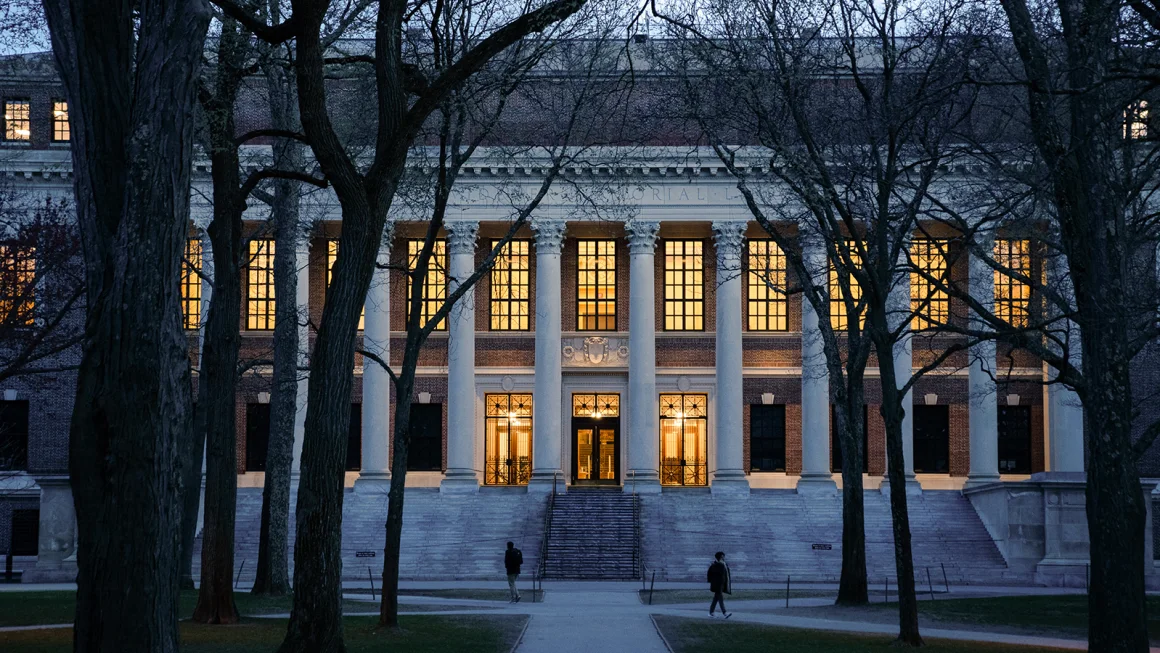Harvard University, long a symbol of American academia, has found itself at the center of an unprecedented political firestorm. The conflict began after the Trump administration sent a letter outlining demands tied to federal funding, including altering its admissions process, discontinuing D.E.I. Initiatives and reforming parts of its curriculum.
But a chaotic collapse followed, leaving the students, professors, and administrators stunned.
A Letter That Wasn’t Supposed to Be Sent
On April 11, Harvard University received a sharply worded letter from the Trump administration, signed by three federal officials and stamped with the insignia of multiple federal agencies. It threatened to freeze billions in research funding unless the university complied with a list of demands.
But according to The New York Times, the letter was “unauthorized.” Some White House officials reportedly believed it was sent prematurely. Others said it wasn’t supposed to go out at all.
Regardless of intent, the letter’s impact was immediate. In a strongly worded response, Harvard President Alan M. Garber declared the university would not “surrender its independence or relinquish its constitutional rights.”
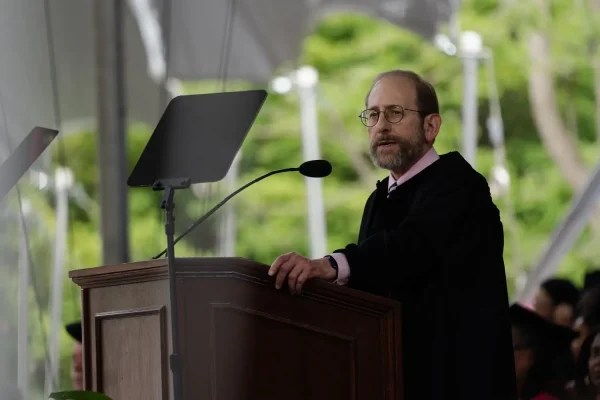
Harvard resisted tensions
This conflict is more than a paperwork dispute—it is the latest chapter in a pattern of tension between the Trump administration and elite academic institutions. Harvard, in particular, has become a symbol of resistance against what some critics describe as an “authoritarian” overreach into educational autonomy.
The administration’s frustration appeared to stem from issues surrounding antisemitism, free speech, and political demonstrations on campus. However, specific details regarding the cause remained vague, even after weeks of quiet negotiations between Harvard’s legal team, including high-profile attorneys William Burck and Robert Hur, and administration officials.
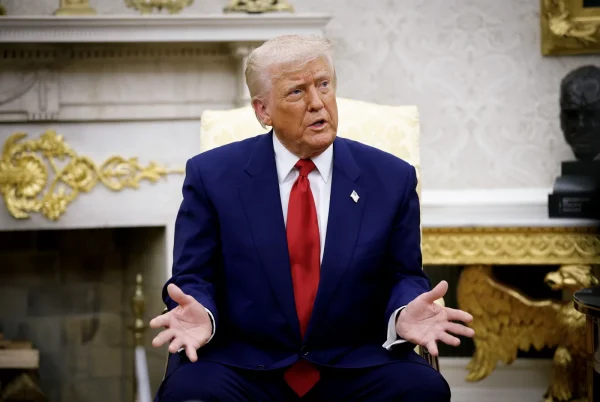
Federal Freeze, Institutional Freeze-Out
The White House swiftly moved to freeze $2.2 billion in federal grants to the university, sending shockwaves through Harvard’s scientific community. Within days, researchers at the T.H. Chan School of Public Health were issued stop-work orders, halting critical medical research, including a $60 million NIH-funded tuberculosis study.
Even Harvard’s legendary $53 billion endowment might not shield it from long-term consequences. While the university has emergency funds it could dip into, 80% of its endowment is locked into donor-restricted purposes. The financial strain would be very real—and potentially long-lasting.
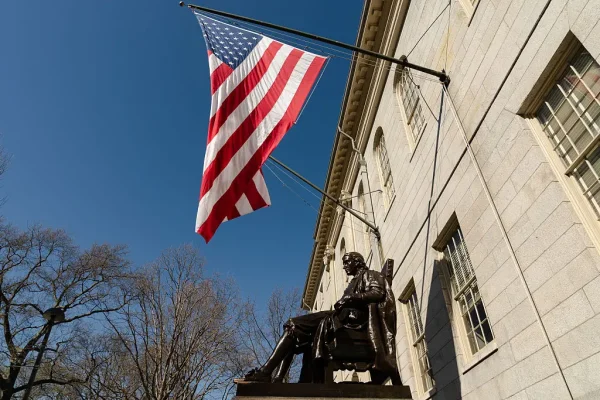
Columbia Concedes, Harvard Resists
Columbia University, facing similar scrutiny, made sweeping changes to comply with administration demands — limiting campus protests, launching new disciplinary procedures, and pledging to reevaluate its Middle East curriculum. That came after President Trump revoked $400 million in funding over campus unrest.
Harvard, however, has taken a different approach to deal with this situation.
University leaders chose to stake their reputation on defiance, wagering that their legacy of academic freedom would outlast the political pressure campaign. As former Harvard President Lawrence H. Summers put it, “This is what Joe McCarthy was trying to do—magnified ten- or 100-fold.”
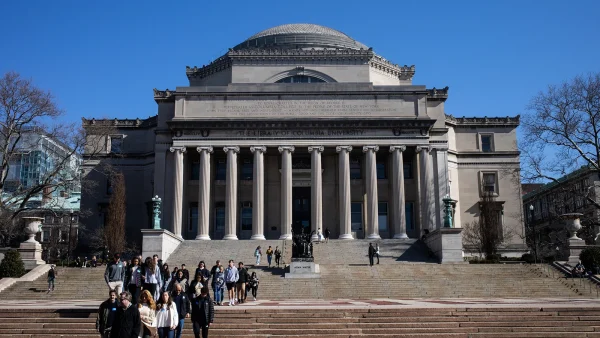
What’s Next?
Despite the administration’s claim that the letter was unauthorized, it has not been retracted. Instead, the White House confirmed its authenticity and doubled down on its position. Trump has even threatened to revoke Harvard’s tax-exempt status—a move that would set off legal and political shockwaves nationwide.
The endgame remains uncertain. The Trump administration has yet to clarify how it calculated the $2.2 billion in threatened cuts. Harvard’s legal team is preparing for a long battle—one that may redefine the relationship between higher education and the federal government for years to come.

